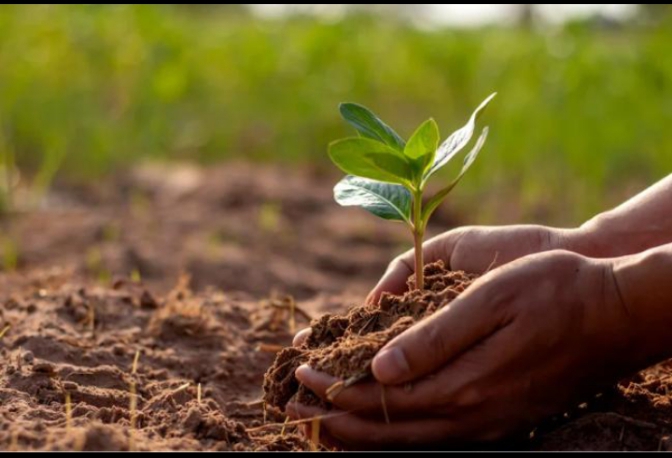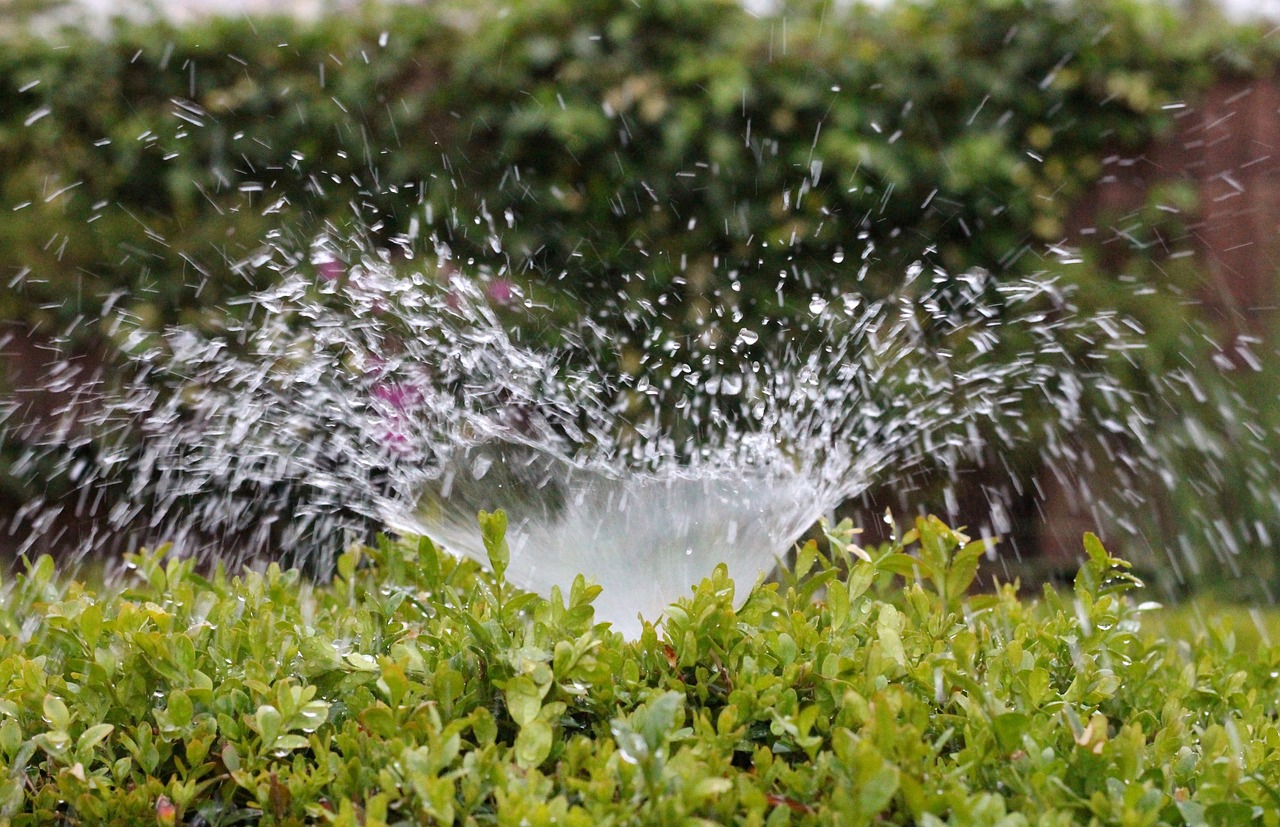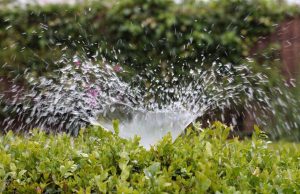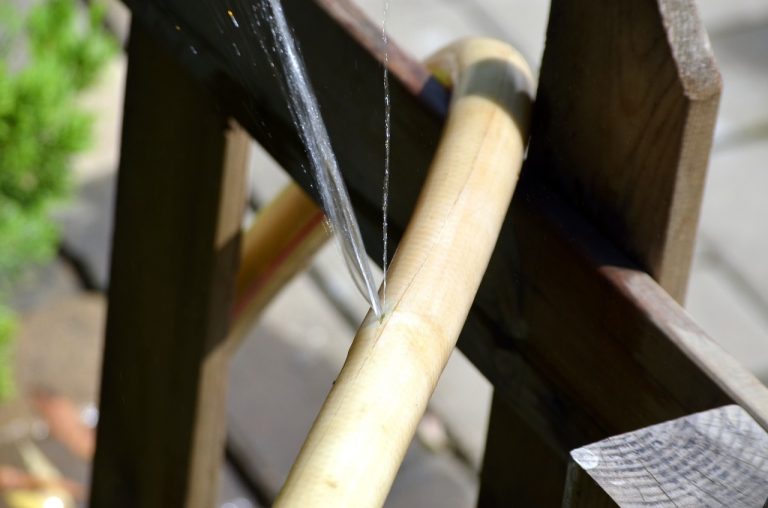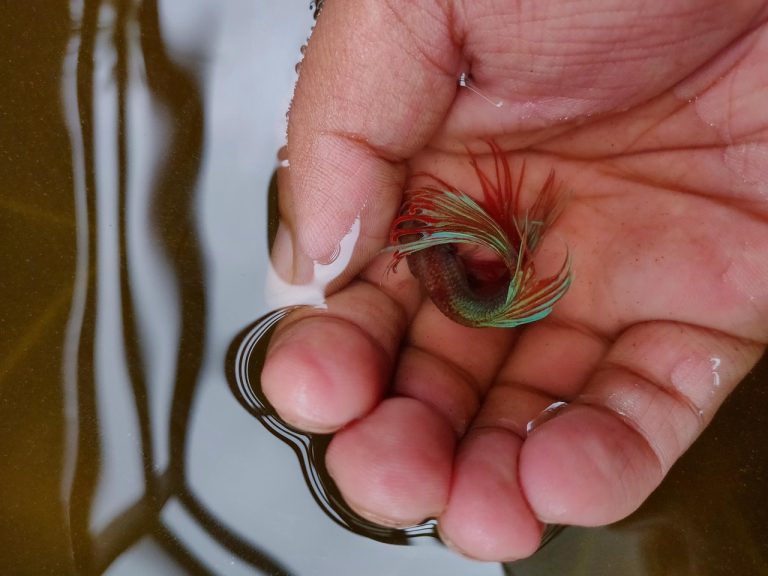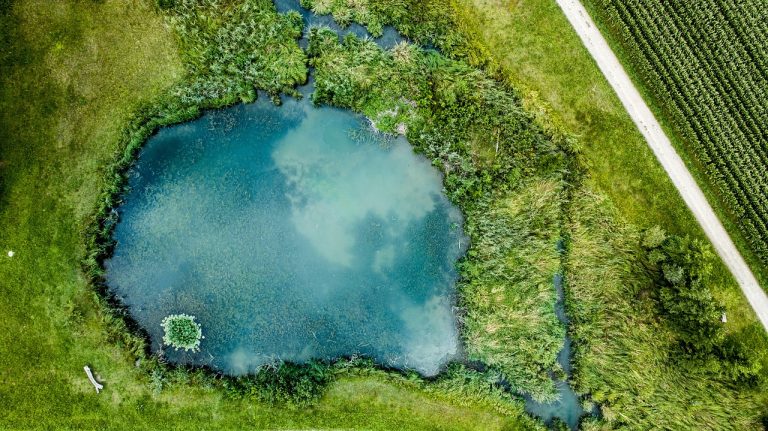HOW DEEP ARE SPRINKLER LINES (5 amazing tips)
Beneath the emerald carpets and vibrant blooms of a thriving garden lies an intricate web of life-giving arteries: sprinkler lines. These subterranean conduits, akin to the hidden veins of a bustling metropolis, weave an enigmatic path beneath the soil’s surface, shrouded in mystery and importance.
But just how deep do these lifelines plunge into the earth, threading a delicate balance between nurture and nature’s secrets? Unraveling the depth of sprinkler lines unveils a captivating narrative of precision, necessity, and the silent choreography that sustains verdant landscapes.
HOW DEEP ARE SPRINKLER LINES?
Sprinkler lines’ depth is crucial for efficient irrigation systems. They’re typically buried 6 to 8 inches underground to safeguard against damage and weather. Understanding their depths ensures proper protection and longevity.
Factors like soil type and local guidelines influence their burial depth. It’s essential to maintain this depth to prevent issues like leaks or system malfunction. Checking and adjusting depths periodically is wise for healthy landscapes.
UNDERSTANDING SPRINKLER LINE DEPTH
The depth of sprinkler lines varies based on several factors, such as soil type, climate, and the type of system being installed. Factors like frost penetration, root interference, and lawn maintenance also influence the ideal depth.
FACTORS AFFECTING DEPTH
Soil composition plays a pivotal role. In areas with sandy soil, deeper placement might be necessary to prevent shifting. Conversely, clay-rich soils might require a shallower depth due to drainage concerns.
IMPORTANCE OF PROPER DEPTH
Adequate depth ensures insulation from environmental factors, reducing the risk of damage caused by temperature fluctuations or external elements. It also shields the system from accidental damage during yard work or construction.
TYPICAL DEPTH FOR SPRINKLER LINES
Different types of sprinkler systems have varying depth requirements. Drip irrigation systems may need shallow depths, typically around 6 to 12 inches, while conventional spray systems might require deeper placement, usually 8 to 12 inches underground.
DIGGING TECHNIQUES AND SAFETY MEASURES
Safe excavation practices are crucial when dealing with buried lines. Prior knowledge of underground utilities, such as electrical or gas lines, is essential to prevent accidents. Utilizing appropriate tools and equipment for digging reduces the risk of damage.
SAFE EXCAVATION PRACTICES
Using hand tools like shovels or spades allows controlled digging and minimizes the likelihood of line damage. Techniques such as hydro excavation provide a non-destructive alternative by using pressurized water.
EQUIPMENT AND TOOLS FOR DIGGING
Tools like trenching shovels, pipe locators, and mini-excavators aid in precise digging, ensuring minimal disturbance to the surrounding area and the sprinkler lines.
CHALLENGES AND RISKS OF SHALLOW SPRINKLER LINES
Shallowly buried lines pose significant risks, including damage from foot traffic, lawnmowers, or other yard equipment. They’re more susceptible to freezing during colder climates, potentially leading to ruptures or leaks.
POTENTIAL DAMAGE
Shallow lines are prone to accidental damage, causing disruptions to the watering system, leading to dry patches and reduced efficiency. Addressing such issues promptly prevents extensive damage and costly repairs.
SOLUTIONS AND PREVENTION
Regular inspections and adequate maintenance help mitigate risks associated with shallow sprinkler lines. Adjusting depth during installation or retrofitting can be considered to ensure proper protection.
PROFESSIONAL ASSISTANCE AND MAINTENANCE
Seeking professional assistance is advisable for complex issues or when unsure about line depth. Additionally, routine maintenance, such as checking for leaks or clogs, contributes to the system’s longevity.
WHEN TO SEEK PROFESSIONAL HELP
Instances like major leaks, irregular water distribution, or persistent issues necessitate professional intervention. They possess the expertise to troubleshoot and rectify intricate problems.
REGULAR MAINTENANCE TIPS
Performing seasonal checks, adjusting sprinkler heads, and ensuring proper water pressure are simple yet effective maintenance practices that prolong the system’s lifespan.
Frequently Asked Questions (FAQ) about “How Deep Are Sprinkler Lines”
How deep are typical sprinkler lines buried underground?
Sprinkler lines are commonly buried around 6 to 8 inches below the surface to protect them from damage and extreme weather conditions.
Can sprinkler lines vary in depth based on location?
Yes, the depth of sprinkler lines can vary depending on factors like climate, soil type, and local regulations. In colder regions, they may be buried deeper to prevent freezing.
Are there instances where sprinkler lines need to be deeper than usual?
Yes, in areas where there’s a risk of heavy machinery or significant weight passing over, like driveways or pathways, sprinkler lines might be buried deeper for added protection.
What happens if sprinkler lines are not buried deep enough?
Shallowly buried lines are more susceptible to damage from landscaping tools, foot traffic, and temperature fluctuations, potentially leading to leaks or system malfunctions.
Is there a maximum depth for burying sprinkler lines?
While there’s no strict maximum depth, excessively deep placement can make repairs challenging and might require specialized equipment.
How can one determine the depth of existing sprinkler lines?
Using tools like a metal detector or ground-penetrating radar can help locate and determine the depth of buried sprinkler lines without digging.
Are there specific guidelines for installing sprinkler lines at a certain depth?
Yes, irrigation professionals often follow industry standards and local codes that recommend optimal depths for installing sprinkler lines based on various factors.
Do all types of sprinkler systems require the same depth for installation?
Different types of systems, such as drip irrigation versus traditional spray systems, might have varying depth requirements based on their design and water delivery methods.
Can tree roots affect the depth of sprinkler lines over time?
Yes, tree roots can potentially grow and push against buried lines, causing them to shift or become shallower, necessitating periodic checks and adjustments.
How crucial is it to maintain the proper depth of sprinkler lines for an efficient irrigation system?
Maintaining the correct depth of sprinkler lines is essential for system longevity, efficient water delivery, and minimizing the risk of damage, ensuring a healthy landscape.
CONCLUSION
In delving into the depths of sprinkler lines, it becomes apparent that their significance extends far beyond their physical reach beneath the soil. The conclusion drawn from this exploration underscores the meticulous planning and engineering that goes into nurturing our landscapes.
The depth of these lines not only speaks to the technicalities of irrigation but also symbolizes the unseen infrastructure supporting the beauty above ground. It’s a reminder of the intricacies hidden beneath the surface, quietly ensuring the flourishing of our green spaces, and the delicate balance between the seen and the unseen in the world of landscaping.
